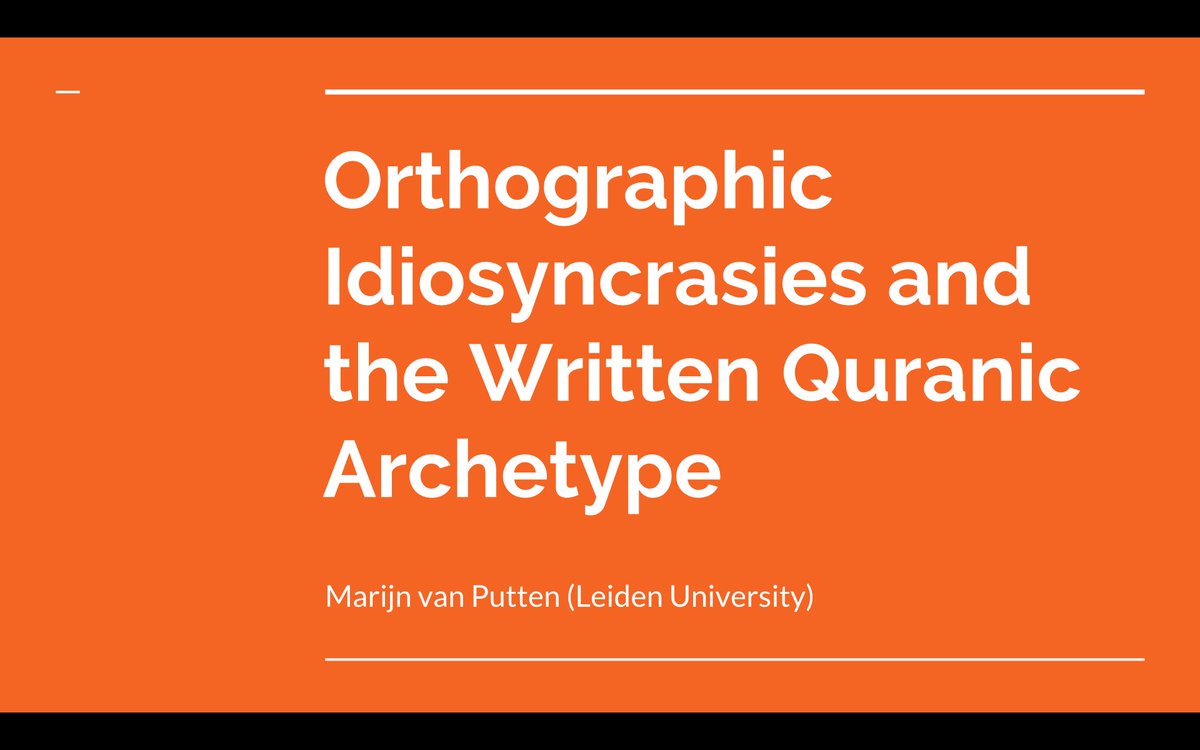CA sikkīr 'drunken' Egyptian sakkīr
CA ṣiddīq 'truthful' Eg. ṣaddīʾ
CA ḫinzīr 'wild boar', Eg. ḫanzīr
CA ʿifrīt 'demon', Eg. ʿafrīt
CA ṣundūq 'box', Eg. sandūʾ
CA ʿuṣfūr 'sparrow', Eg. ʿaṣfūr
CA gumhūr 'crowd' Eg. gamhūr
CA tilmīḏ 'student' < Aramaic talmīḏ
CA dustūr 'register' < Persian dastūr
CA ǧibrīl 'gabriel' < Hebrew gaḇrīʾēl
So here we see clearly two competing outcomes of the same stem shapes, how can we understand this? It has to do with how CA came to be formed.
CuCCūC adjectives/nouns often attest both forms:
saffūd/suffūd 'roasting fork'
qaddūs/quddūs 'all-holy'
sabbūḥ/subbūḥ 'all-perfect'
kallūb/kullūb 'roasting hook'
















